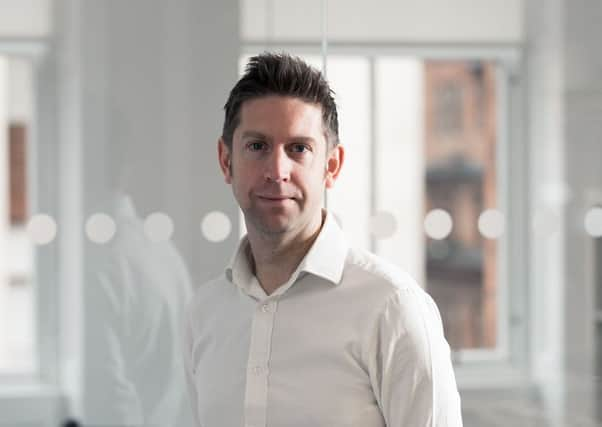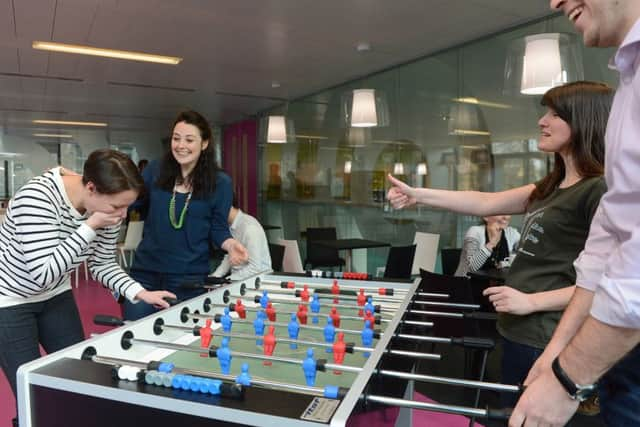Luke Thurman: Collaboration is key in workplace design
This article contains affiliate links. We may earn a small commission on items purchased through this article, but that does not affect our editorial judgement.


Aside from fax machines and actual letters rather than never-ending emails, you may also remember a time when clients were clients; staff were staff, and apart from in the meeting room, never the twain did meet.
How times change. Of course we still have meeting rooms, to which we seem to add a different piece of tech weekly, and we still have impressive receptions (or double-height entrance foyers as they are now known), but the lines between visitor/client space and staff workspace have immeasurably blurred.
Advertisement
Hide AdAdvertisement
Hide AdThink about it: how often, particularly if you’re in the design or architecture business, does a client pop in to catch up on a project, sit at a hotdesk close to you to catch up on emails – or even next to you at your screen – to review projects together? Touchdown, hotdesk, shared space, where client and staff lines cross, are the new normal; collaboration and co-working the new buzz.


Architects and developers, who voraciously track trends, cottoned on fast. An Lòchran, which we recently completed for Highlands & Islands Enterprise in Inverness, has touchdown spaces, a café and flexible meeting areas distributed around the building. However, it also has private, staff-only areas reflective of the various functions contained within.
This is a wider trend and is being used by other architects, for example at Skypark in Glasgow, which has a reception area designed not just for its tenants but for their clients and peers to jump in, log on, grab a coffee and get to work.
On one hand, this new democratisation of space is driven by a push for more collaborative working between a firm and its clients. Collaborative space not only gives the client more agency as, by working physically closer, they can have more input; but also allows smaller firms and their clients more flexibility: why pay for meeting rooms and boardrooms when you can grab coffee in a shared open-plan space or sit together at a desk?


However, this new opening up of space is not confined to smaller, creative firms – we’re also beginning to see this with larger corporate organisations, perhaps driven by a need to appear less remote and more transparent to their clients. An example is our client, the London office of the Commonwealth Bank of Australia – a key element of this project brief was to boost collaboration between internal teams and also with clients; this was achieved by creating a more relaxed environment for the bank’s team and clients to collaborate, whilst adhering to strict confidentiality requirements.
But how do staff actually feel about this? Clearly there are benefits to the visitor – spending an afternoon, with a coffee, reviewing the work they’re paying for – but is there a real risk that the staff themselves feel intruded upon, overly reviewed, and unable to focus fully with visitors sitting next to them? Or do they prefer this more interactive and social way of working?
Looking forward as we architects do, there is a clear need to strike a balance: shared spaced but also, vitally, visitor-free, quiet spaces; collaboration spaces but also private meeting areas.
It’s always easy to follow a trend but there needs to be balance, thoughtfulness and consideration for end users, as well as a recognition that trends and business needs change. For us, the end user is paramount, and that will never change.
• Luke Thurman is an associate at architecture firm Sheppard Robson in Glasgow